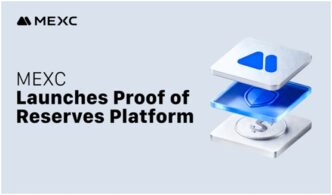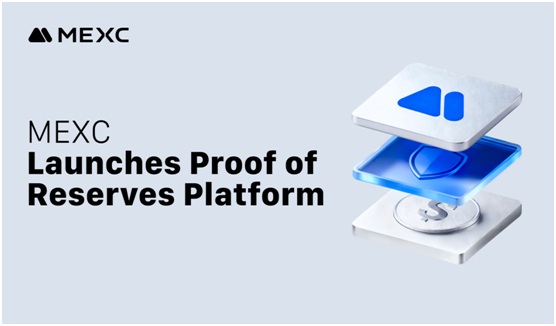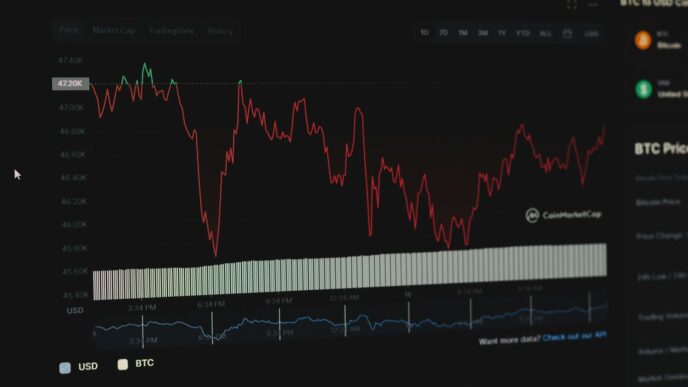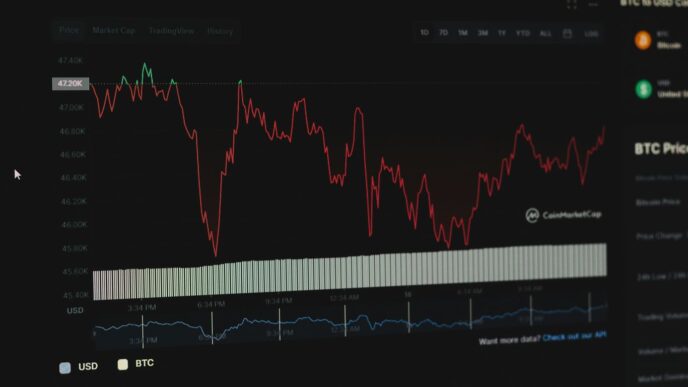South Africa’s personal finance environment has never been static, but the last few years have brought a remarkable shift in how people access and interact with credit. The combination of economic pressure, technological progress, and changing consumer expectations has created a new credit culture where convenience, transparency, and digital accessibility are becoming priorities rather than pleasant bonuses.
Traditional banks still dominate lending, especially in long term credit, property finance, and structured business loans. But in the short term and everyday borrowing space, a new generation of digital lenders has earned attention by simplifying the journey, shortening approval times, and offering clear and predictable repayment structures. Their success is driven by a simple truth many consumers already understand deeply: financial support is most valuable when it arrives quickly, with clear terms, and without unnecessary friction.
The rise of digital credit has not eliminated the role of banks or removed the importance of regulation. Instead, it has widened the spectrum of available choices, introducing financial tools designed around the real experiences, financial pressures, and aspirations of ordinary people. It has also encouraged financial education, competition, and better product design. More importantly, it has made access to responsible lending possible for people who were previously excluded.
This quiet transformation is reshaping not only how people borrow money, but how they view financial services and their own earning potential. To understand where digital credit is heading, it helps to examine how it began, what has fuelled its acceleration, and what must be protected as the market continues to expand.
A Financial Climate That Demanded Innovation
South Africa’s economy has faced several years of overlapping challenges including rising living costs, fuel increases, fluctuating employment, and slow wage growth. For many households the financial margin between a stable month and an unexpected crisis has become smaller. A burst geyser, school uniforms, medical prescriptions, urgent vehicle repairs, or sudden travel costs can create real stress.
Historically, people turned to bank loans, store credit, and informal borrowing to cover unexpected expenses. But banks can require long waiting periods and extensive documentation, while informal lending often comes with damaging interest structures and social pressure. In a setting where financial stability can shift quickly, slow access to funds can compound an already stressful situation.
Digital lenders stepped into this space not to replace traditional credit, but to create a faster and clearer alternative for modest borrowing needs. They redesigned the process around real lifetime constraints, digital communication habits, and the need for straightforward repayment planning.
This change did not happen because consumers suddenly wanted to borrow more. It happened because they wanted better, more respectful borrowing experiences.

Technology Became the Turning Point
South Africa has one of the most advanced telecommunications markets in Africa, and smartphone adoption continues to climb. Mobile banking, digital payments, biometric verification, secure document uploads, and cloud-based scoring systems have created a credit environment where technology can shorten and simplify nearly every step in the borrowing process.
Instead of physically gathering paperwork, printing documents, and waiting for call centre updates, consumers can now check eligibility, upload proof of income, and track applications from anywhere. That convenience matters especially to people working irregular hours or living far from major financial centres.
Digital lenders have also invested heavily in faster affordability assessments. Rather than relying only on traditional bureau scores, many now use verified income patterns, banking behaviour, repayment performance, and responsible spending signals to determine risk. When applied with care and supported by proper consent, these tools help lenders reduce rejections based on limited or outdated credit history.
Financial Inclusion Has Expanded Carefully and Gradually
Financial exclusion has long been a challenge in South Africa. Many citizens have been credit invisible not because they are financially irresponsible, but because they lacked previous formal borrowing opportunities. Others avoided lenders entirely due to fear of hidden fees, confusing language, or previous negative experiences.
Digital lending platforms have contributed to a slow but meaningful inclusion shift. They have introduced loan products that are simpler to understand, easier to manage, and designed for shorter repayment periods. They have replaced intimidating forms with plain language and given customers direct control over the application journey.
Importantly, they have also encouraged transparency. Consumers now expect lending platforms to display total costs clearly before applying, communicate repayment dates upfront, and provide visible contact channels. Trust has become a deciding factor, and lenders that fail to respect the customer relationship are quickly rejected through online reviews and social discussion.
Through this lens, online loans in South Africa are not simply financial products. They are evolving consumer services shaped by accessibility, dignity, and honest communication.
Where Responsible Credit Fits into the Consumer Experience
Digital lending has become useful not because it promotes borrowing, but because it supports financial continuity. A short-term loan can prevent compounding financial consequences such as late payment penalties, missed work shifts, inability to travel, or medical delays.
Responsible lenders understand that the purpose of credit is not escalation, but stabilization. Their objective is to help individuals manage temporary difficulty without creating long lasting financial strain. That is why product design is now a competitive differentiator. Borrowers prefer repayment schedules that align with payroll dates, applications that do not require unnecessary information, and lenders that communicate reminders clearly and respectfully.
This shift has encouraged lending companies to re-examine internal culture. Customer support, financial education, repayment flexibility, and transparent pricing models have become core brand values rather than marketing taglines.
Regulation Remains the Backbone of Industry Stability
South Africa’s regulatory framework, including the National Credit Act and the oversight of the National Credit Regulator, remains essential in shaping the growth of digital lending. Compliance is not merely a legal requirement. It plays a crucial role in reducing harmful debt cycles, preventing unrealistic approvals, and ensuring affordability checks are not rushed or ignored.
Digital lenders must maintain complete decision records, follow ethical advertising rules, and provide clear dispute resolution channels. Strong compliance strengthens consumer confidence and separates credible lenders from opportunistic operators. It also protects the long-term reputation of the digital credit sector.
As technology continues to advance, regulators are increasingly examining data usage, privacy protection, algorithmic transparency, and marketing claims. This evolution is healthy for consumers and beneficial for the stability of the financial system.

Looking Toward the Next Phase of Digital Credit
Digital lending in South Africa will continue to grow, but not through aggressive expansion or unsustainable borrowing. Its future lies in responsible product development, user centred design, better financial education, and continued government oversight. Consumers will demand more transparency, more clarity, and more personalised financial support.
The lenders that continue to lead will be those that combine technology with empathy, efficiency with integrity, and innovation with responsible decisioning. They will recognize that the customer relationship is not transactional but long term and trust based.
One example of this shift can be seen through responsible lending providers such as South Africa’s FatCat Loans, which has become known for prioritizing clear communication, predictable repayment structures, and accessible online applications. The company reflects a broader trend in digital lending where convenience works alongside ethics rather than replacing them.
A Financial Landscape Defined by Choice and Clarity
The digital lending era has not replaced traditional finance. Instead, it has complemented it by giving consumers flexibility. Borrowers can now decide which platform best respects their time, circumstances, responsibilities, and long-term financial goals.
This increased choice encourages competition, which often leads to better products, improved customer service, and fairer pricing. It also creates accountability. Today, lenders compete not only on interest rates but on transparency and customer experience.
Consumers ultimately benefit most when lenders offer realistic loans designed for short term financial relief rather than endless debt cycles. As long as the industry continues building around fairness, digital lending can become one of the most impactful financial tools for everyday South Africans.














